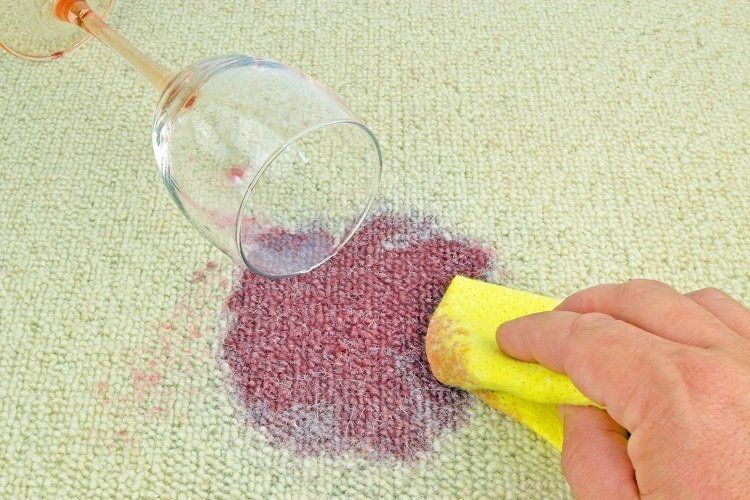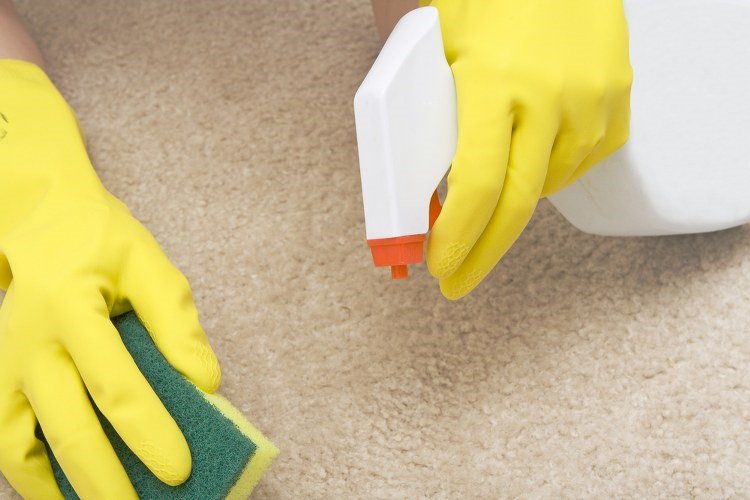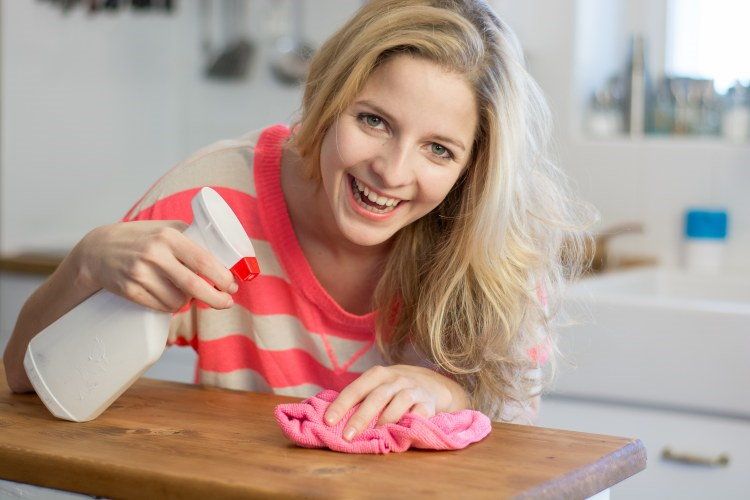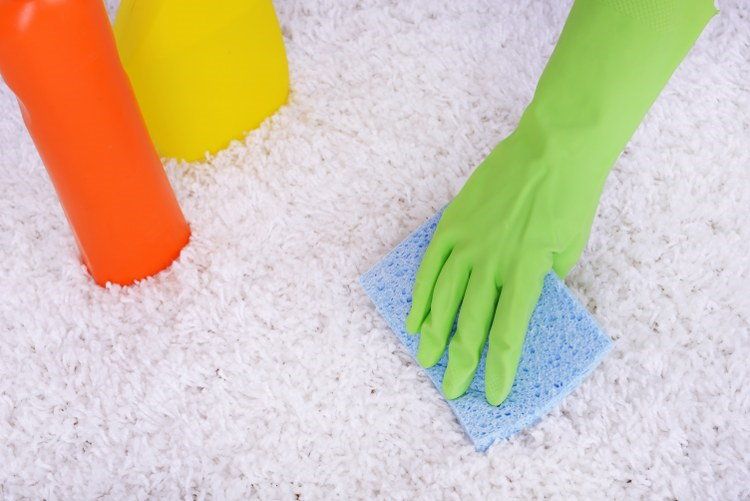Basic Techniques for Stain Removal
Posted on 12/10/2015

How to Remove Stains from Carpets and Upholsteries
Effectively dealing with stains is very important for keeping your upholstery, carpet and basically any area of your home that has acquired a stain-free of permanent damage. If you are quick enough in handling a spilled drink or food stain, chances are you will get away easily from the situation and not have to worry.
Since stain removal is most effective when you act fast, it pays to know how to physically remove the stain from the surface. There are multiple techniques you can use to great success, and which one you choose mostly depends on the type of surface. For example, a very delicate surface should not be treated with scrubbing and tamping methods. Read further to learn the specifics of each physical stain removal method, and perhaps you won’t have to resort to chemical cleaning.
- Flushing method - loose staining materials and residue can be effectively removed by stain removal agents thanks to the flushing method. It is really important to perform this cleaning service, as any chemicals left in whatever area you are cleaning may cause damage. Always control the flow of water carefully, especially if you are dealing with nonwashable fabric. You can measure the amount of liquid you use with an eyedropper. Place a pad that can absorb liquid beneath the spot and carefully apply the stain remover. Work slowly, as the pad needs time to absorb the liquid.

- Brushing method - in case the stain is dry, brushing may help you. The method is great for dried mud, but in other cases brushing may be just the first step required for complete stain removal. A stiff-bristled brush usually works best, but you can also use a toothbrush for smaller stains.
- Scraping method - this technique is best used to lift off staining material in semisolid state. Additionally, caked-on stains can be loosened thanks to this method. Preferable tools to use for scraping are spatula, dull knife and spoons. You don’t want to press hard against the stain, but instead move your tool back and forth in short strokes across the stain. Adding liquid into the stain may help in some situations.

- Tamping method - normally you will want to use this method only on hard and durable surfaces. A toothbrush is all you will need for this task. Place the stained item on solid surfaces and bring down the brush directly on the stain. The trick is to use gentle pressure - enough not to bend the bristles of the brush. If you are dealing with fabric, see that you don’t damage it by stopping the tamping as soon as the stain comes off.

- Freezing method - gum and candle wax can be effectively removed through freezing. By applying cold, the stain will harden and it will be easier for you to remove it. To do this, hold some ice cubes against the stain. In case you are dealing with an unwashable item, use a bag for the cubes. Once the stain has solidified, you can scrape it from the surface or gently remove it.

- Sponging method - this is one of the most frequently used methods for working with stain removal agents. You will also need absorbent pads. Proceed by laying the stained item on a pad and apply the agent with a sponge or another pad. Be gentle and use only light strokes, working outward from the center towards the borders of the stain. Change your pads as you notice any stain is deposited on it.
Consider each of these methods for treating stains and remember to act fast when an accident occurs. This guarantees that you will be able to deal effectively with any problem of such nature.





